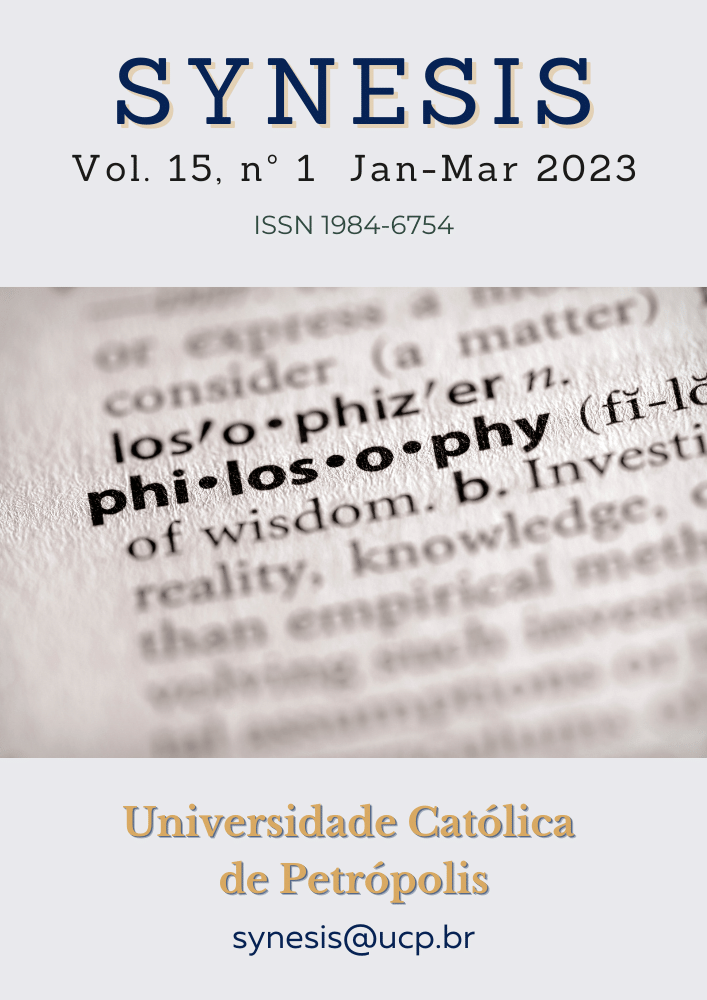Resumo
Nomear é uma cultura universal que existe na sociedade humana. As pessoas não apenas nomeiam as pessoas, mas também dão nomes às coisas; A nomeação é também a manifestação do poder e a produção do saber, fazendo coexistir o poder e o saber. Durante o período de ocupação japonesa, Tashiro Yasusada田代安定 levantamento de plantas, "Tokyo University Plant Exploration"东京大学植物探险, o "Useful Plant Survey" em toda a ilha有用植物调查 e a coleção de plantas da "Taiwan Natural History Society"台湾博物学会 todos promoveram a produção de conhecimento botânico em Taiwan. Suas pesquisas foram transformadas entre acadêmicas e políticas. Os saberes e conquistas da produção não só serviram à política e à economia do domínio colonial, como também foram utilizados “localmente” na educação escolar, construindo múltiplos significados simbólicos. O levantamento de plantas em Taiwan durante o período de ocupação japonesa promoveu o desenvolvimento da história natural na Taiwan moderna.
Referências
Wu Guosheng.(2016). Natural history.Study,(01),90.
Huang Zhenyan.(2011). Collection and Museums of Folk Customs/Ethnic Culture. Taipei: Taipei University of Arts.
Fa-ti Fan.(2004).British Naturalists in Qing China: Science, Empire, and Cultural Encounter. Cambridge:Harvard University Press.
Richard Drayton.(2000).Nature's Government:Science, Imperial Britain and the Improvement' of the World: Science, British Imperialism and the Improvement of the World. New Haven:Yale University Press.
Robert Kohler.(2006).All Creatures:Naturalists, Collectors, and Biodiversity, 1850–1950. Pronceton. NJ : Princeton University Press.
Huang Fusan & Gu Weiying & Cai Caixiu.(1997). One Hundred Years of Taiwan History Studies. Taipei: Preparatory Office of the Institute of Taiwan History, Academia Sinica.
Ueno Yoshisan.(1989). History of natural history of Japan. Tokyo: Kadanshe.
TWLC.(1994). Archives of the Governor-General of Taiwan. Nantou: Taiwan Provincial Literature Committee.
Chen Yuxin.(2008).The Initial Construction of Taiwan Post during the Japanese colonial period -Field Postal Convenience. Investigation of Taiwan Studies,(06),71.
Honda Jingliu.(1899). Taiwan's Forest Belt. Journal of Botany,(13),229-238.
Tanaka Fangnan, Ono Yukuo.(1891).Illustrations of Useful Plants. Tokyo: Japan Farmers Association.
Owatari.(1898).Record of Plant Exploration in Taiwan. Journal of Botany,(12).
Wu Yonghua.(1997).Forgotten Japanese Taiwanese Botanist. Taichung: Morningstar Publishing House.
Torii Ryuzo.(1996).Exploring Taiwan: The Anthropological Journey of the Bird Dwelling Dragon Collection in Taiwan. Taipei: Yuanliu Publishing Co., Ltd.
Sadaichi Nagasawa.(1905).Discussions on New High Mountain Adventures. Journal of the Taiwan Education Association,(45),15-16.
Bunzo Hayata.(1908).Flora Montana Formosae. Tokyo:Imperial University of Tokyo.
TWMS.(1911).Rules of Taiwan Natural History Society. Journal of Taiwan Natural History Society,(01).
Wu Yonghua.(2006).Discovery History of Taiwan's Endemic Plants. Taichung: Morning Star Publishing Co., Ltd.

Este trabalho está licenciado sob uma licença Creative Commons Attribution-NonCommercial-NoDerivatives 4.0 International License.
Copyright (c) 2023 Synesis (ISSN 1984-6754)

